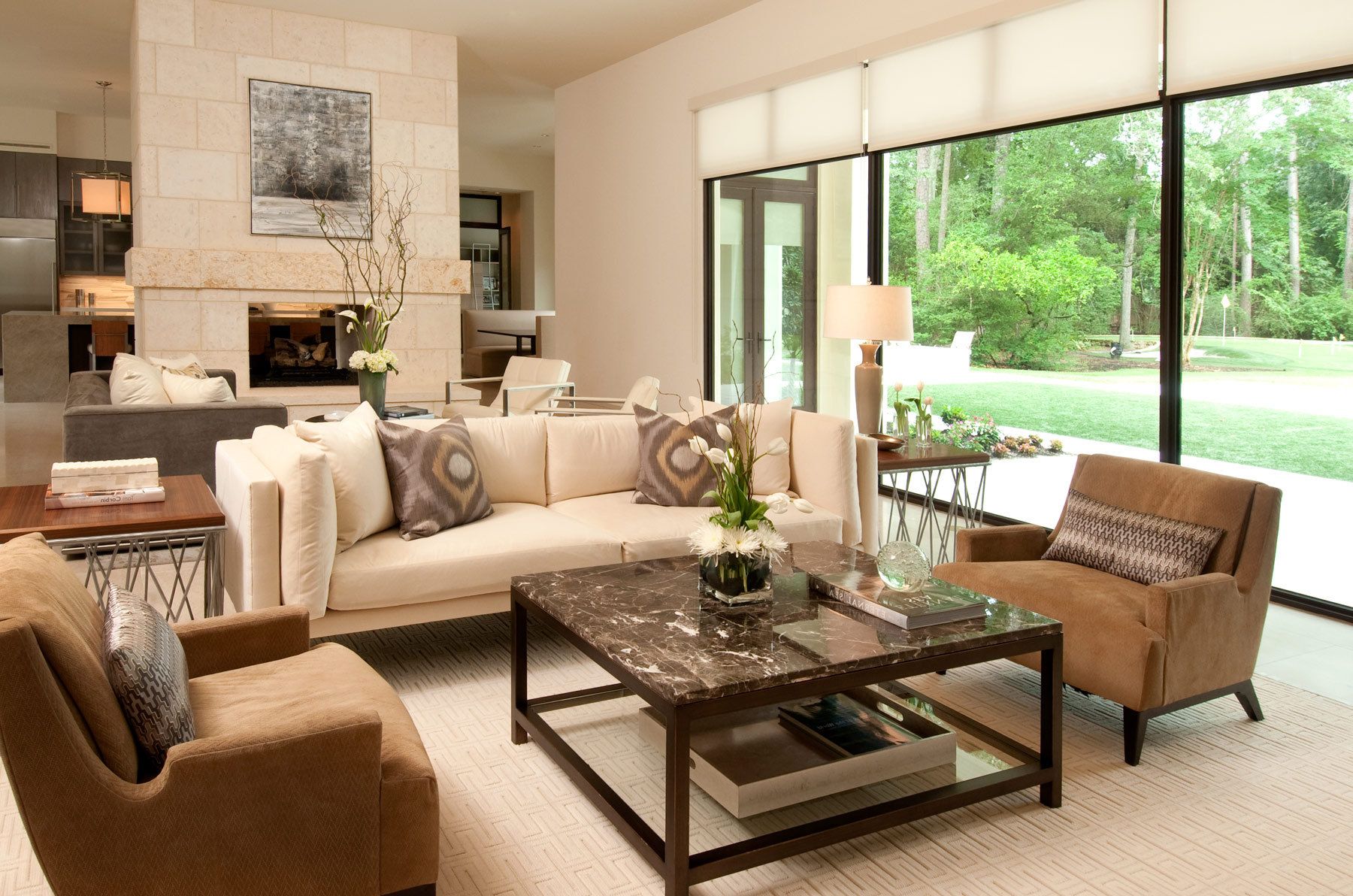House wiring designs are a critical aspect of any home’s structure and security. Without a properly wired home, one’s safety is at risk. For example, improperly wired outlets can lead to a potential fire hazard. Poor wiring from a past renter or builder can also cause a variety of issues. Investing in an Art Deco house wiring design can alleviate these fears and ensure your home is up to code. Basic house wiring designs focus on safety, usability, and efficiency. Properly wired homes should start at the electrical panel, with the main power breaker listed. Other breakers, such as a hot water heater or HVAC system, must be properly labeled. Next, one needs to consider the fish tape, which is a key tool to direct wiring in the walls. It is also beneficial to install outlets, switches, and receptacles at least 12” above the finished flooring. The placement for these items must be carefully planned, ensuring they do not block windows or other lighting sources. Finally, one must consider the electrical box itself. It must be installed securely to hold up the weight of the wire. Electrical boxes should always meet local, state, and national wiring codes. Additionally, one must remember to fasten wires correctly, never using metal staples. Plus, all loose ends must be taped or covered with a bind cap.Basic House Wiring Design
Art Deco house wiring designs are not only stylish, they are modern and can integrate with existing electrical systems. Modern electrical house designs can add convenience and safety to any home. For starters, you can invest in tamper-resistant receptacles and outlets, which are mandated by the National Electric Code (NEC). Such receptacles reduce the risk of shocking children or other family members. You might also consider investing in a home automation system, which can control lights, security cameras, window treatments, and other electronic devices. Smart switches and outlets are also possible, so users can manage electrical items from any device. And using ground fault circuit interrupters (GFCIs) can provide an extra level of safety, given their fast-acting responses. For those searching for a unique visual effect, try adding smart dimmers or colored lighting. LED lights are often used for their energy efficiency. Whatever design you choose, always make sure to hire a certified electrician to install any electrical items that require professional expertise.Modern Electrical House Designs
Creating the right electrical wiring plans can make or break a home’s Art Deco design. As such, one should strongly consider hiring a professional for difficult wiring tasks. If DIYing the project, however, it’s critical to first create an electrical home wiring plan. This plan should include all of the outlets, switches, and light fixtures that you are planning to install – and it must include the appropriate safety measures. Be sure to consider the size and location of the wiring route before starting. One should also be mindful of their local codes as well, which may restrict types of outlets. For instance, outlets in moist areas, such as a kitchen or bathroom, must be waterproof. All of this information should be taken into account when creating a wiring plan. When it comes to color-coding, white should always be used for neutral wires and green should be used for the ground. For the hot wire, which is the one that delivers electricity, black wires are used. You might also consider recording the type of cable that you use for the wiring, as troubleshooting can become easier if you know the exact cable. Remember to never mix cables, as this can easily create a hazard.Home Electrical Wiring Plans
Once you’ve created your wiring plan, it’s time to tackle electrical home wiring projects. As you start each project, make sure you always check each switch, circuit breaker, and outlet for any electrical faults. Determine the type of route you will be using, remembering that metal conduit is often required for conduit boxes. Check to see if you will need any additional wire, fasteners, or other items to finish the project in its entirety. Next, start by installing the wiring box for your outlet or light switch. Position the box so that the wiring can later be easily installed. Check for loose wiring, ground fault circuit interrupters, and other fixtures in the area. Plus, make sure to reference the wattage rating before installing any lights. Before making the connection, be sure to use the right UL rated wire connectors. Lastly, place lugs or staples close to the box and secure the appropriate wires. After the wiring is all finished, turn the circuit breaker back on and test the outlet. If everything appears to be working properly, then congratulations! You’ve completed a successful Art Deco house wiring project.Electrical Home Wiring Projects
When installing Art Deco house wiring, it’s important to keep decoration in mind. While safety is key, a home should also be stylish. Thankfully, there are plenty of ways to add both safety and character to your home wiring. Investing in matching decoration ideas for house wiring is a cost-effective option. Metallic knobs, handles, and pull chains are always popular. Additionally, they can be purchased in a variety of colors and finishes – allowing users to match or contrast with their style. One could also color coordinate wiring to blend in with the walls, or choose vibrant colors to make it pop. When it comes to switches, there are a variety of designs to choose from. Switches can also come in dimmer or motion sensor varieties, allowing users to customize their space. Just remember to avoid any issues with wiring and just hire a certified electrician for difficult tasks.Decoration Ideas for House Wiring
Creating an electrical diagram for your house is paramount when it comes to whole house electrical diagrams. This document will provide you with a clear overview of how all the electrical items in a home are connected. It should also include any additional items, such as switchplates, outlets, and light fixtures. Plus, whole house electrical diagrams are often required by cities and municipalities for inspections. When creating a diagram, be sure to clearly mark each circuit and its purpose. Label the outlets, switches, and lights as well, providing enough detail to make it useful. The diagram should include the circuit breaker number and the size of the circuit. Additionally, one should draw the path of the wires, including any existing glyphs or networks. Finally, consider a 3-dimensional rendering of the diagram. This will provide a more detailed view of the wiring and the specific area it is connecting to. If possible, try to use color coding to quickly differentiate between different inspected points. After the diagram is complete, don’t forget to take a picture or print it out for future reference.Whole House Electrical Diagrams
Art Deco house wiring can be a complicated process. It’s best to invest the time necessary and draw a house electrical plan. This will help ensure that important items are installed in the proper locations. Such plans should include the type of circuit that each switch, outlet, and fixture will control. Additionally, one needs to detail which circuit the item is connected to in the main panel. When starting this project, be sure to use a CAD program or a wire frame model. These tools will help when navigating the wiring in tight spaces or when overlapping wires. Mark any breakers, downlights, and junction boxes – as well as all the electrical outlets. As you draw out each fixture, its power load should be included in the plan. This includes all lights, switches, outlets, and cameras. House electrical plan drawing will also give one an idea of the total length of the wiring that will be used. Measure the total length and record it to ensure you have enough wire. As you draw, also determine the path it will take and make sure all wiring will pass through any walls and ceilings. Plus, remember to add some additional wire just in case you need to make changes or troubleshoot in the future.House Electrical Plan Drawing
For those looking to add more lighting or other features to the outside of their home, investing in an outdoor electrical house design is a must. Doing so will help protect the property from potential hazards or damages. In terms of wiring, pay attention to all outlets, switches, and light fixtures that will be outdoors. Before you start any wiring in the outdoors, make sure to check your local building codes. Most codes require all wiring from the outside of the home to be ran through exterior grade metal conduit and approved electric boxes. This will protect the electrical wiring from the outdoor elements, like rain and snow. Once the wiring is all set, it’s time to consider the style of the lighting in the design. There are a variety of outdoor lights, like spot, flood, and security to pick from. Additionally, LED lights are popular, given their energy efficiency. Just remember to use UL approved wire and connectors – and hire a certified electrician if needed.Outdoor Electrical House Design
Grounding for electrical house designs is a critical part of a properly installed system. Ground critical circuits and circuit breakers, as this will protect against electrical faults and surges in the home. The main panel in your home must also be grounded properly. This will help ensure the safety of those in the home, providing an escape path should any fault occur. It also helps reduce the chances of nuisance trips on a breaker – as well as damages to electrical equipment due to a power surge. Always check the local building codes, as they may permit the direct connection of the main panel to the grounding rod. If allowed, run one wire from the ground of the panel to the ground rod. If not, look for a ground inspection and approve the design. From there, connect a grounding wire from the grounding rod to the main panel. This will ensure a safe and compliant electrical design.Grounding for Electrical House Design
Every house electrical system should be inspected and properly maintained over time. If it’s been a while since your last electrical inspection, it may be a good time to groom the wiring in your home. This can help reduce the possibility of a malfunction during peak electrical demand. Plus, it’s a good safety measure, ensuring that all wiring is up-to-date and fully operational. When troubleshooting a house electrical system, first conduct a visual inspection, looking for exposed wires, chipped paint around outlets or switches, and any other visible problems. Look to see if any of the terminals are loose, or if any outlets are hot to the touch. Additionally, keep an eye out for any sparks around an outlet or switch. If any of these issues exist, it’s time to call a professional electrician as soon as possible. An electrician can safely investigate the problem and provide an estimate for the repair. In the meantime, avoid using the outlet, switch, or light until the issue is resolved. Doing so might reduce the chances of an electrical fire.Troubleshooting House Electrical System
The Benefits of Electrical House Design
 In recent years,
electrical house design
has become a popular way to make homes more efficient, comfortable, and secure. This type of design involves a careful examination of a home's wiring, appliances, and other electrical components in order to maximize power, reduce energy consumption, and increase safety. Not only is it a necessary part of any home renovation project, but it can also help to reduce costs in the long-term.
In recent years,
electrical house design
has become a popular way to make homes more efficient, comfortable, and secure. This type of design involves a careful examination of a home's wiring, appliances, and other electrical components in order to maximize power, reduce energy consumption, and increase safety. Not only is it a necessary part of any home renovation project, but it can also help to reduce costs in the long-term.
Creating a Comprehensive Electrical Design
 An engineering design company can help to create a comprehensive and detailed electrical design for a home. This design will take into consideration the overall layout of the home, current electrical load, and the potential future needs of the home.
Energy efficiency
and safety are essential considerations in the electrical design. The goal is to create a design that not only meets the current needs of the homeowner, but is also able to adapt to future changes.
An engineering design company can help to create a comprehensive and detailed electrical design for a home. This design will take into consideration the overall layout of the home, current electrical load, and the potential future needs of the home.
Energy efficiency
and safety are essential considerations in the electrical design. The goal is to create a design that not only meets the current needs of the homeowner, but is also able to adapt to future changes.
The Responsibilities of the Electrical Contractor
 The electrical contractor is responsible for ensuring that the electrical house design is properly implemented. This includes inspecting the home, installing the necessary wiring and appliances, and verifying all of the connections. An experienced contractor can help to identify potential issues and resolve them before they become a problem. The contractor is also responsible for ensuring that the home's electrical system meets all applicable safety codes.
The electrical contractor is responsible for ensuring that the electrical house design is properly implemented. This includes inspecting the home, installing the necessary wiring and appliances, and verifying all of the connections. An experienced contractor can help to identify potential issues and resolve them before they become a problem. The contractor is also responsible for ensuring that the home's electrical system meets all applicable safety codes.
Energy Efficiency and Cost Savings
 Electrical house design is essential for energy efficiency and cost-savings. By examining the individual components of the electrical system, an experienced designer can identify areas where energy efficiency can be improved and can provide measures that can reduce energy consumption. This can help to lower utility bills and potentially save money in the long-term. Additionally, an energy-efficient house is better for the environment and can help to reduce overall emissions.
Electrical house design is essential for energy efficiency and cost-savings. By examining the individual components of the electrical system, an experienced designer can identify areas where energy efficiency can be improved and can provide measures that can reduce energy consumption. This can help to lower utility bills and potentially save money in the long-term. Additionally, an energy-efficient house is better for the environment and can help to reduce overall emissions.
Making the Most of Electrical House Design
 Through proper electrical house design, homeowners can maximize the efficiency, safety, and comfort of their homes. An experienced design team can help to create an electrical design that meets the needs of the homeowner and provides a reliable and efficient system for the long-term. Electrical house design is an essential part of any home renovation project and can help to reduce costs, save energy, and improve safety.
Through proper electrical house design, homeowners can maximize the efficiency, safety, and comfort of their homes. An experienced design team can help to create an electrical design that meets the needs of the homeowner and provides a reliable and efficient system for the long-term. Electrical house design is an essential part of any home renovation project and can help to reduce costs, save energy, and improve safety.


































































































